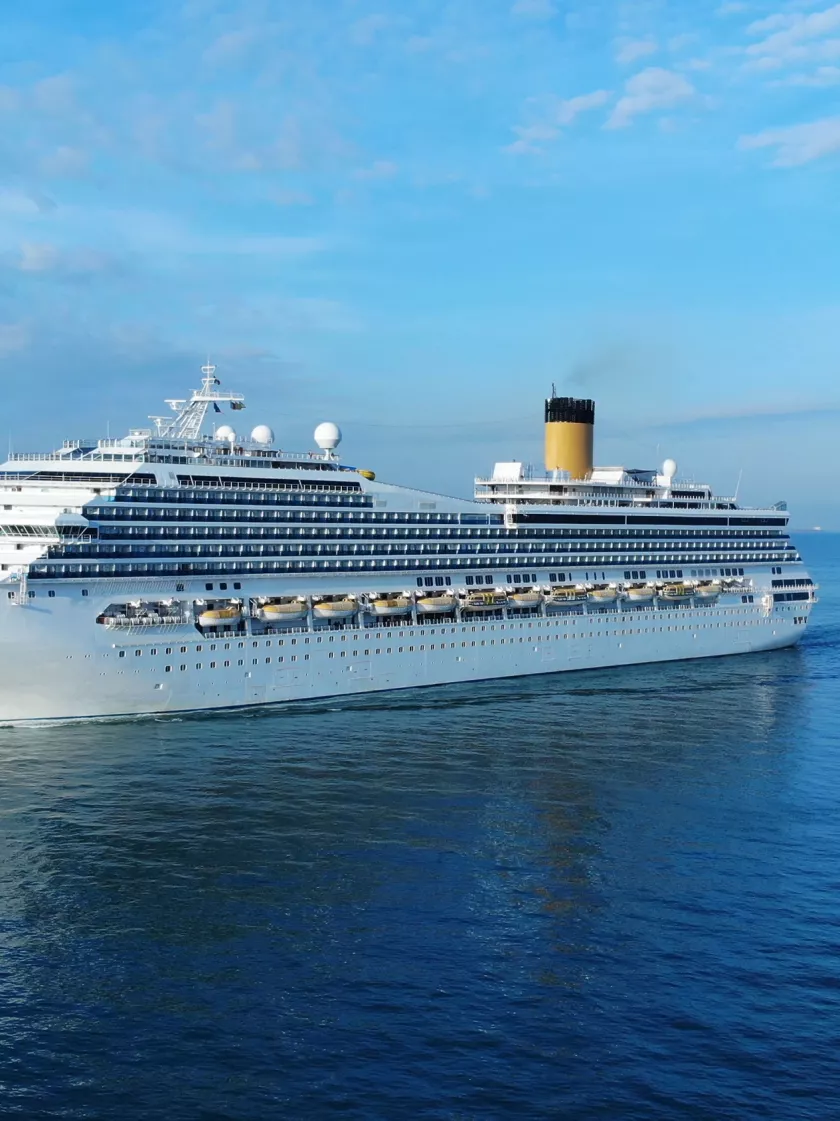
About the project
Although commissioning is a crucial part of the ship-build process, it occurs late in development and is prone to delays. As modern ship designs become more complex due to stricter energy-efficiency requirements and higher levels of autonomy, there is an increased need for early simulation-aided testing. The Virtual Sea Trial project aims to create a shared, distributed test environment for simulated system integration testing.Project goal
The overarching objective is to develop a unified, distributed test environment for virtual sea trials and commissioning for the whole shipbuilding ecosystem and to understand the effect of virtual commissioning for the entire shipbuilding ecosystem. Establishing a shared test environment between the shipyard, vendors, and research organizations makes it possible to ensure that system-level testing can be performed early in the shipbuilding process.Objective 1: Virtual Commissioning
To demonstrate the technical feasibility of performing virtual commissioning and sea trial tests early in the shipbuilding process. This project aims to establish a benchmark for future sea trials, facilitating a shift towards early-stage testing and supporting the shipbuilding industry's transition to greener, more sustainable practices.
Objective 2: Verification and Validation
To develop simulation-based verification and validation methods for maritime systems. Ensuring that components and systems meet requirements and specifications, while validating system-level performance early in the shipbuilding process, helps minimize delays in commissioning and enhances overall efficiency.
Objective 3: Co-Simulated Testing
To develop a distributed test platform for co-simulation between existing test platforms. System-level testing requires close collaboration between shipyards and vendors. This project aims to demonstrate, through proof-of-concept, that a shared virtual testing environment can maintain the required levels of security and confidentiality while proving technically feasible.
Objective 4: Automatic Tuning
Designing, implementing, and tuning automation systems is a time-intensive process that typically occurs later in development. By left-shifting the testing of automation systems, significant time can be saved during commissioning. This project aims to utilize a virtual test environment to design, tune, and optimize onboard automation and control systems, with the added capability to automatically generate code for embedded onboard control systems.
Objective 5: Shared Infrastructure
To establish shared research, testing, and development infrastructures within the consortium. The goal is to create design guidelines, best practices, and assets for developing advanced interfaces—human-machine, machine-machine, and human-human—for operations, monitoring, and virtual testing of onboard ship systems.
Objective 6: Future Business Models
To streamline the commissioning process by implementing virtual models and agile work processes. This objective focuses on establishing clear guidelines for information exchange, system specifications, and collaboration among stakeholders in the shipbuilding sector.
Mikael Manngård
Project Leader

